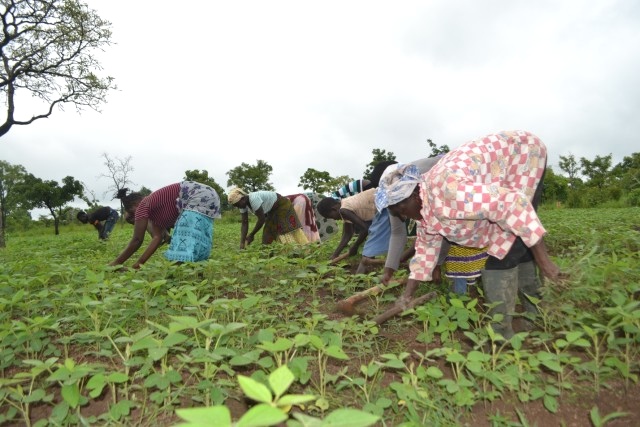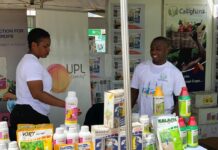Total expenditure allocation for the agriculture sector in the past four years, from 2017 to 2020, has stayed below one percent of the government’s total spending in the economy.
The total spending for the agriculture sector in 2017, which was GH¢384.6million, constituted just 0.71 percent of the entire government expenditure. In 2018 total spending on the sector rose to GH¢502.7million, which comprised 0.79 percent. There was a significant increase in the sector’s investment in 2019 to GH¢635.5million making about 0.86 percent. With GH¢576.9million being expenditure for 2020 constituting 0.68 percent.
These figures depicted the total for compensations, goods and services, and total Capex for the sector during the four-year period.
Indeed, the International Budget Partnership (IBP) – an organization that collaborates with civil society organisations around the world to analyse and influence public budgets in order to reduce poverty – has said Ghana’s performance on African Agricultural Transformation Scorecard (AATS), the Malabo Declaration, currently ranks at 6.67 out of 10 percent.
IBP disclosed that Mali’s (6.82), Morocco’s (6.96), and Rwanda’s (7.24) agriculture sector performance is stronger than that of Ghana.
Although allocation to the sector was increasing from 2017 to 2019, there was a dip in 2020. This phenomenon can be attributed to the government’s refocused attention on health sector spending due to the impacts of the COVID-19 pandemic.
There was a sudden increase in the sector’s goods and services in 2019 to GH¢471.8million from GH¢201.7million in 2017, with a dip in Capex to GH¢91.4million in 2019.
However, this increment has not only been below the committed 10 percent of the total expenditure of government necessary for the development of the sector, but it also declined from about 0.37 percent in 2017 to 0.31 percent in 2020 – with a nearly-50 percentage points decline in 2020.
The year-on-year adverse variations in the requests made by the Ministry of Food and Agriculture (MoFA) to support the expansion of the fertiliser subsidy programme, which have been met by fiscal policy caps by the Ministry of Finance, is also worrying IBP said.
This negative variance is nearly GH¢400million in some fiscal periods (2018 and 2019 to be precise), which undermines the strategic intent of MoFA in supporting the country’s food security agenda.
Over the focal period (2015 – 2019), the sector’s recorded under-expenditure is as high as 96 percent in some years, and over-expenditure reached as high as 256 percent in 2018. This not only undermines needed finance for the fertiliser subsidy programme, but ultimately undermines the credibility of policy and the budget in driving a coherent set of activities for all stakeholders in the agriculture sector.
In the case of actual spending, the ratio is at 36.17 percent; and adjusting for current spending, this increases to 50.89 percent. Currently, the government is keeping its act in line, but the ratios need to go up.
Meanwhile, the government’s projected investment plans for the sector have a positive outlook, as 1.5 million farmers are targeted to benefit from the ‘Planting for Food and Jobs’ initiative in this year, 2021. The target is a significant increase from the total 1.2 million farmers who benefitted from the policy in 2020.








